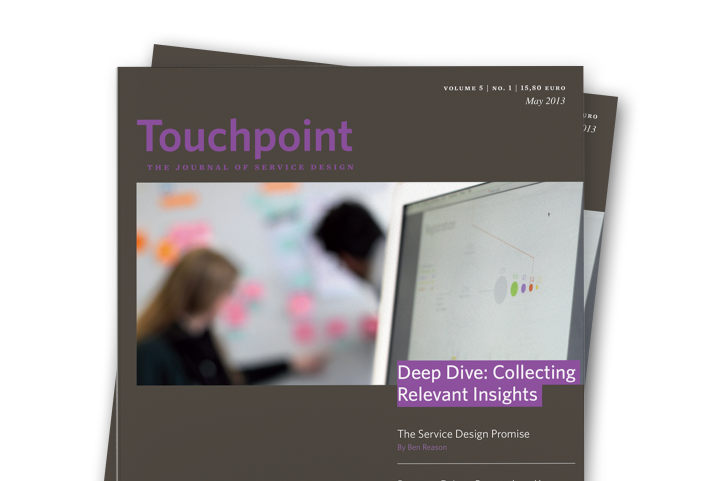
20 Touchpoint articles in this issue
Touchpoint overview


From the Editors
As the practice of service design continues to mature and find greater traction within companies, it continually faces the same commercial question that challenges its very existence: “Does it add value?”
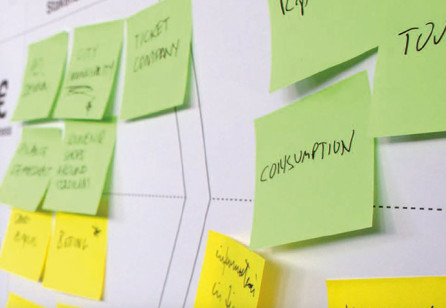
Measuring the Role and Value of Design
Aiming to define future areas of research funding, the UK Design Council and the Arts & Humanities Research Council took a closer look at design research and business collaborations in UK Universities.
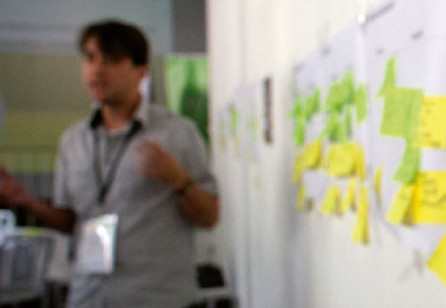
The Danger of Big Data
Big data has become a big buzz phrase. A couple of months ago, I spoke at a conference in Las Vegas. Immediately before my talk, two advertising execs, one a professed quant geek and the other a “creative”, spoke about how their agencies rely less on hunches these days and more on quantitative data to drive emotional relevance between their clients and consumers.

The Service Design Promise
Service design promises something that – although hard to pin down – does have some common characteristics.
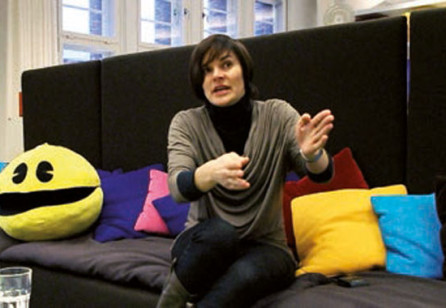
Opening the Black Box of Research
Service design practitioners seem to agree on the fact that research is important.
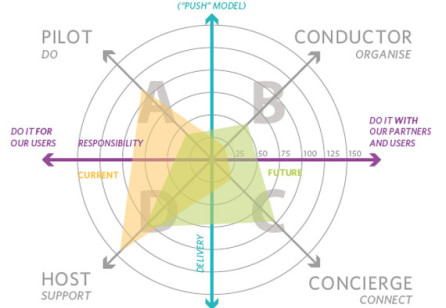
Using Data to Support Effective Decision Making
As service designers, we understand the value of quick decision making. Timely consensus and approval ensures a project is delivered on time, on budget and in alignment with organisational objectives.

‘Live Labs’: Prototyping Environments to Measure Customer Experience
In this digital age, companies have become accustomed to capturing real-time customer data from websites and apps with the click of a mouse or the tap of a finger.
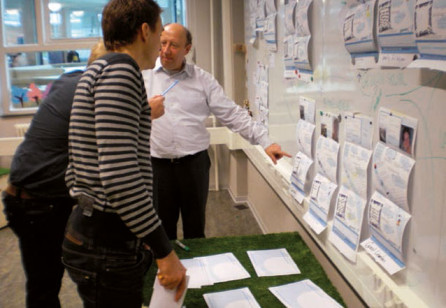
When Design and Market Researchers Join Forces
The health club industry is booming: one in six citizens of the Netherlands is now a member of a health club. However, about one quarter of health club members cancel their membership every year. The cancellation rate is accelerating. Loyalty in other sports – football, for example – is much greater.
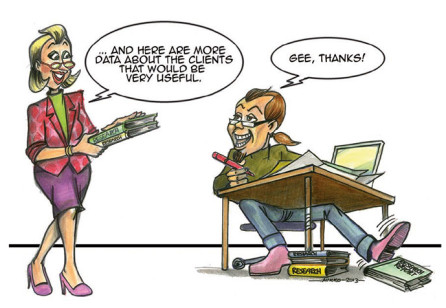
A Comprehensive Model for Measuring Value
In most cases, managers and designers need different data. Managers use ‘hard data’, figures and KPIs (Key Performance Indicators) to make decisions based on validated facts. Designers need tools to understand customer needs, motivation and behaviour.
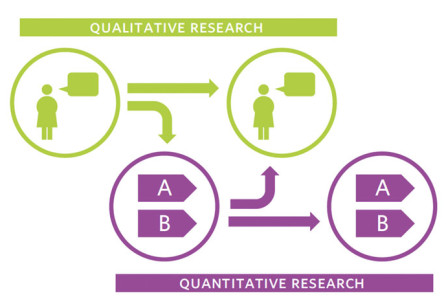
Lean UX: An Iterative Process Between Quantitative and Qualitative Userexperience Research
If UX research is to become the driving and defining force in the product development cycle – and it should – it cannot be sporadic.
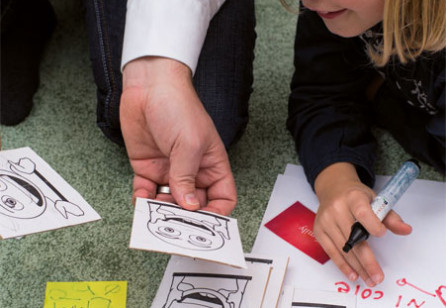
Purpose-Driven Research as Key to Successful Service Design
A service experience takes place at the very moment when a person interacts with an organisation’s touchpoints over time. That interaction can’t be exported, as the customer always has to participate. However, each person does wear different hats when it comes to their needs and expectations depending on mood, agenda, time of day, etc.
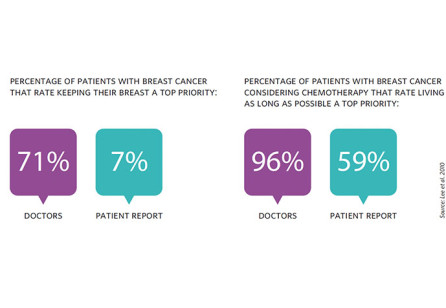
Life and Death Data
This article will address the challenges and opportunities in trans- forming quantitative data into qualitative experiences for patients. This approach culminated in the design of a shared decision-making service for cancer patients.
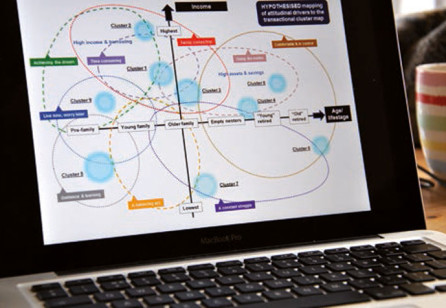
Left Brain, Right Brain: Working at the Intersection of Design and Business
Whenever a service design project is presented in a boardroom, questions on hard, measurable outputs often emerge, such as: ‘Who are our most valuable customer segments?’ ‘Which ideas and propositions resonate with these segments?’ and ‘How much are they willing to pay for these propositions?’
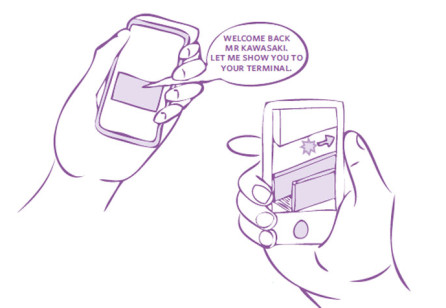
Fusing Qualitative and Quantitative Skills in Service Design
For most travellers, the transfer between connecting flights is a phase in their journey they would be happy to skip. In order to bring delight to a moment characterised by negative emotions, Air France and KLM have joined forces with their frequent flyers in the development of new service concepts.
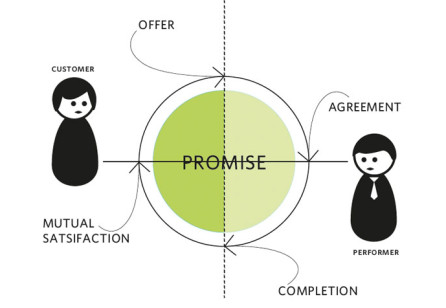
Measuring and Demonstrating the Value of Service Design
The aims of the paper are to demonstrate how the combination of service design and traditional qualitative method have delivered proven and scalable results.
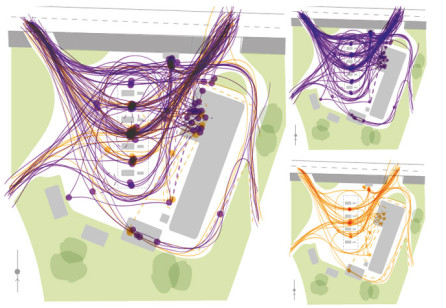
Building the Bridge
Deciding which methodology to use in design work takes into consideration the type of information needed to conduct a project: that is, to inspire service designers to create innovative solutions. However, that decision has the potential to influence the way results are communicated within the enterprise.
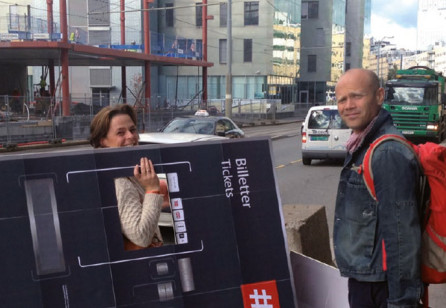
Pilot or Perish
Designers bring ideas to life and are able to convince organisations to build services that their customers will love, but fail to communicate how these will bring value to business. At the same time, businesses spend millions to communicate their ideas through business cases that fail to convince customers.
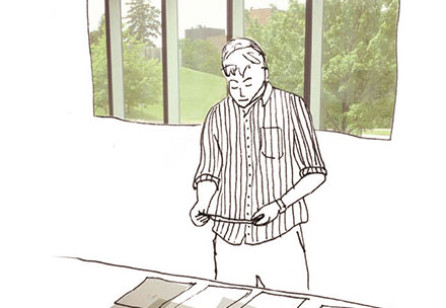
Build Better Personas Using Subjective Science
Service design has become a valued business process in Europe, but has struggled in the US, despite efforts by firms like Continuum and IDEO. Part of the reason is the culture.
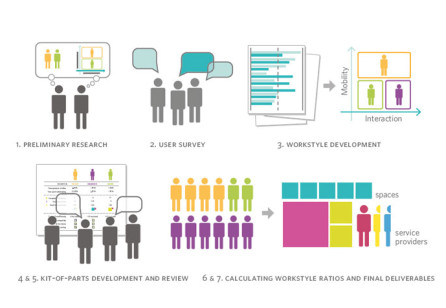
Workstyles: At Your Service
Workstyles’ integrate quantitative and qualitative information about users to enable planners and designers to forecast the variety and scales of user needs with more certainty. This article explains what workstyles are and how to develop and apply them to space and service design projects.

Katrine Rau Ofenstein Interview
Touchpoint decided to get to know more Katerine Rau Ofenstein, the principal of SDN National Chapters, who recently joined GE as one of their first service designers.


